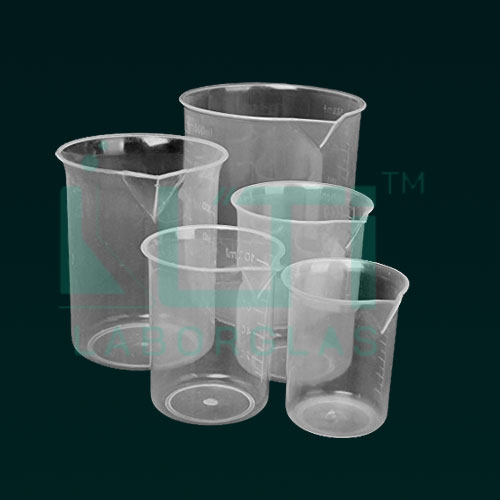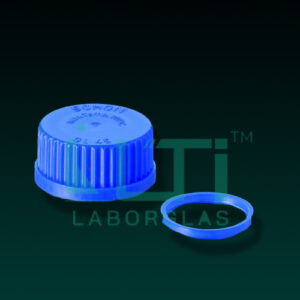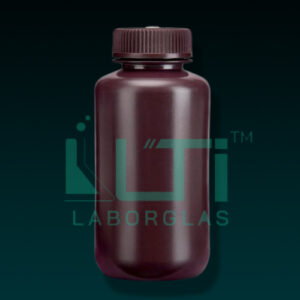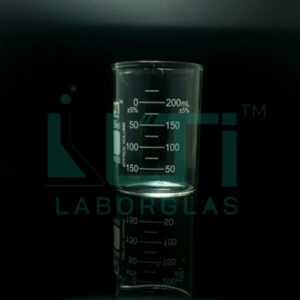- Made from Polypropylene
- These jugs are clear & autoclavable
- Graduation for easy reading
| PART No. | Capacity (ml) | PACK Qty. |
| 4800-25 | 25 | 12 |
| 4800-50 | 50 | 12 |
| 4800-100 | 100 | 12 |
| 4800-250 | 250 | 12 |
| 4800-500 | 500 | 12 |
| 4800-1000 | 1000 | 12 |
| 4800-2000 | 2000 | 6 |
| 4800-5000 | 5000 | 1 |
Here are some common uses for plastic beakers with Euro design in a laboratory:
- General Mixing and Stirring: Plastic beakers are suitable for general mixing and stirring of liquids or solutions. The Euro design often includes features like a tapered spout for controlled pouring.
- Reagent Preparation: Plastic beakers are used for preparing and measuring reagents before experiments. They are lightweight and easy to handle.
- Solution Transfer: The spout of Euro design plastic beakers facilitates easy and controlled pouring, making them suitable for transferring solutions from one container to another.
- Titration: Plastic beakers can be used in titration experiments where precise measurements and controlled pouring are necessary.
- Dilution: These beakers are appropriate for diluting solutions to specific concentrations. The Euro design allows for accurate pouring during the dilution process.
- Media Preparation: In microbiology and cell culture laboratories, plastic beakers may be used for preparing and measuring growth media. They are often autoclavable for sterilization.
- Solvent Storage: Plastic beakers can be used for storing certain solvents and solutions. However, compatibility with specific chemicals should be considered.
- Non-Critical Chemical Handling: Plastic beakers are suitable for handling non-critical chemical processes where the material of the beaker is compatible with the substances being used.
- Educational Purposes: Plastic beakers are commonly used in educational laboratories for teaching basic principles of chemistry and laboratory techniques, especially when safety and ease of handling are important considerations.
- Disposable Applications: Plastic beakers are often used in situations where disposable labware is preferred for reasons such as cost-effectiveness and preventing cross-contamination.





